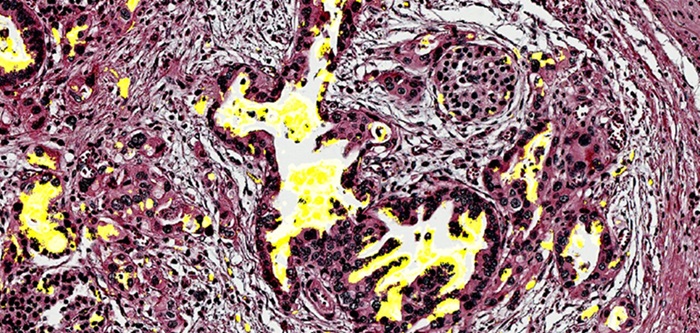Experimental Blood Test Improves Detection of Early-Stage Pancreatic Cancer
Posted on 07 Oct 2024
Detecting pancreatic cancer early significantly increases survival rates, but current diagnostic tools are limited. Now, an experimental blood test has shown greater effectiveness in identifying early-stage pancreatic cancer compared to other available methods. The findings, published in Cancer Letters, set the stage for further clinical evaluation, an important step toward its approval as a diagnostic tool for pancreatic cancer.
This advancement stems from a long-standing collaboration among cancer researchers, including those from Van Andel Institute (Grand Rapids, MI, USA), who are part of the National Cancer Institute’s Early Detection Research Network (EDRN). The study results from double-blind assessments of several pancreatic cancer biomarker candidates conducted by EDRN-affiliated labs at Van Andel Institute and other institutions. It is the first instance in which multiple biomarkers for pancreatic cancer, identified by different labs, have been evaluated together. The new test detects two sugars — CA199.STRA and CA19-9 — produced by pancreatic cancer cells and released into the bloodstream. CA19-9 is currently the gold-standard biomarker for pancreatic cancer.

Researchers at Van Andel Institute previously identified CA199.STRA as a cancer biomarker and developed the technology to detect it. While the CA19-9 test alone accurately identified only 44% of pancreatic cancer samples in the lab, the addition of CA199.STRA increased the accuracy to 71%. The combined test significantly reduced false negatives while maintaining a low rate of false positives. This balance is crucial because low false positive and negative rates indicate the test’s ability to accurately detect cancer presence or absence. The analysis also showed that adding a protein biomarker called LRG1 to the combination of CA199.STRA and CA19-9 improved specificity, allowing the test to more accurately return negative results when no cancer is present. The three-biomarker panel was able to correctly identify nearly all cases while producing fewer false positives compared to using CA19-9 alone.
“Another take-home message from this study is the importance of having multiple different validated biomarkers for pancreatic cancer,” said the study’s co-corresponding author Brian Haab, Ph.D., a professor at Van Andel Institute. “A one-size-fits-all approach won’t work. It’s encouraging that we have many promising candidates that can be combined to better detect cancer.”
Related Links:
Van Andel Institute








 (3) (1).png)




